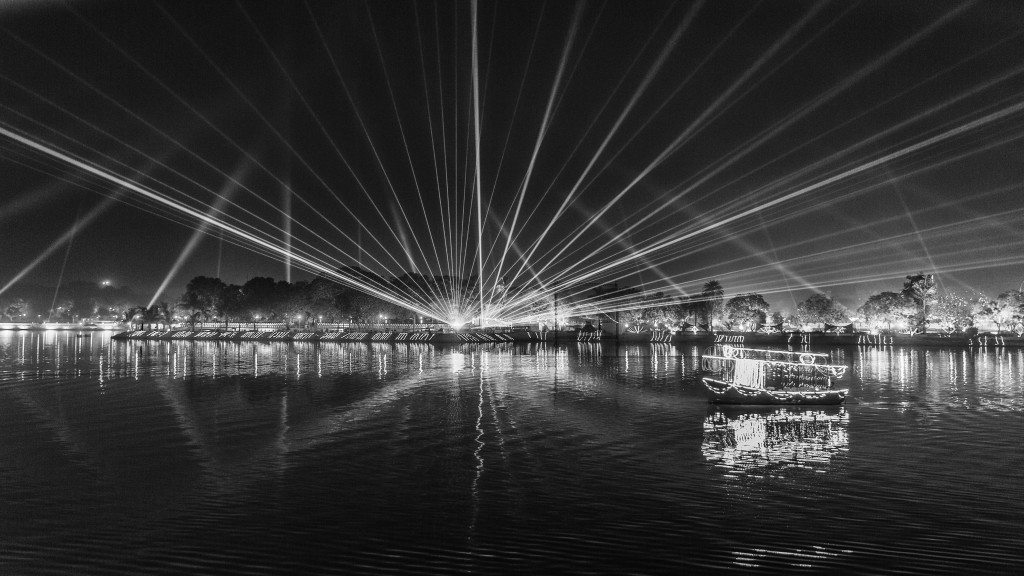
This feature is appearing in June 2015 issue of Smart Photography, India’s premier Photography magazine.
Travel Photography of Twins from Two Eras
These twins were born a millennium apart and they hardly look identical! I refer to Ahmedabad-Gandhinagar – the most improbable of the twin cities in India. Ahmedabad came about in 11th Century as Ashaval (or Ashapalli ), while Gandhinagar was designed, planned and developed by two Indian assistants of Le Corbusier (made famous in India as the architect of Chandigarh).
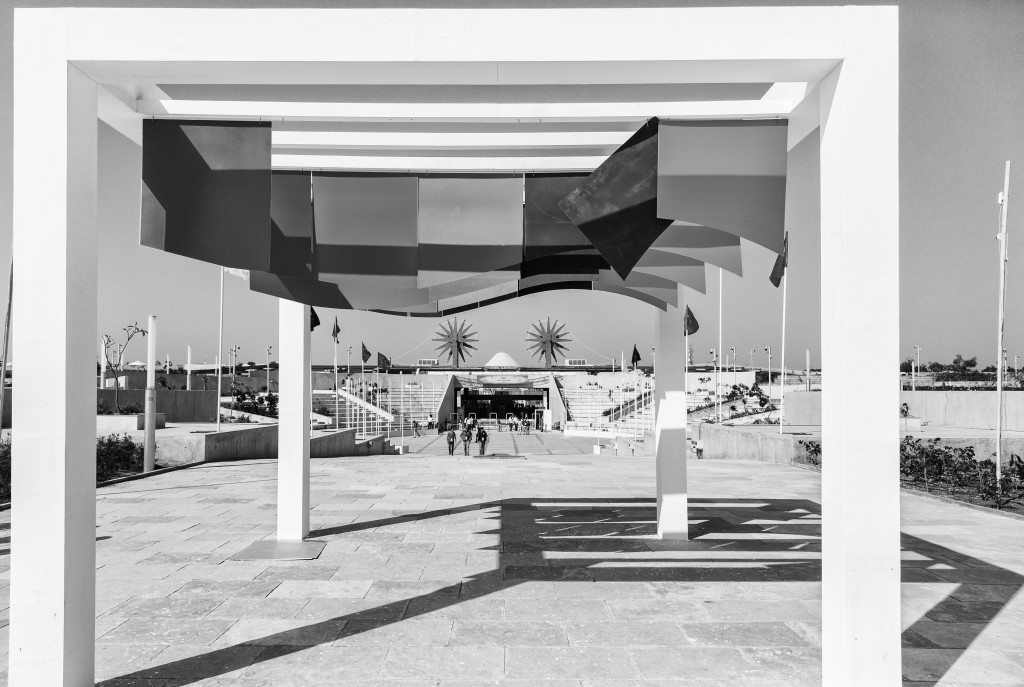
I visited the city as a photojournalist in January this year for the 13th Pravasi Bhartiya Divas (PBD) celebrations that assumed special significance this year as 9th January 2015 marked the 100th anniversary of the return of Mahatma Gandhi from South Africa. Given the landmark nature of the occasion, PM Narendra Modi had released couple of stamps and Rs.100 coins to mark the Mahatma’s return from South Africa.
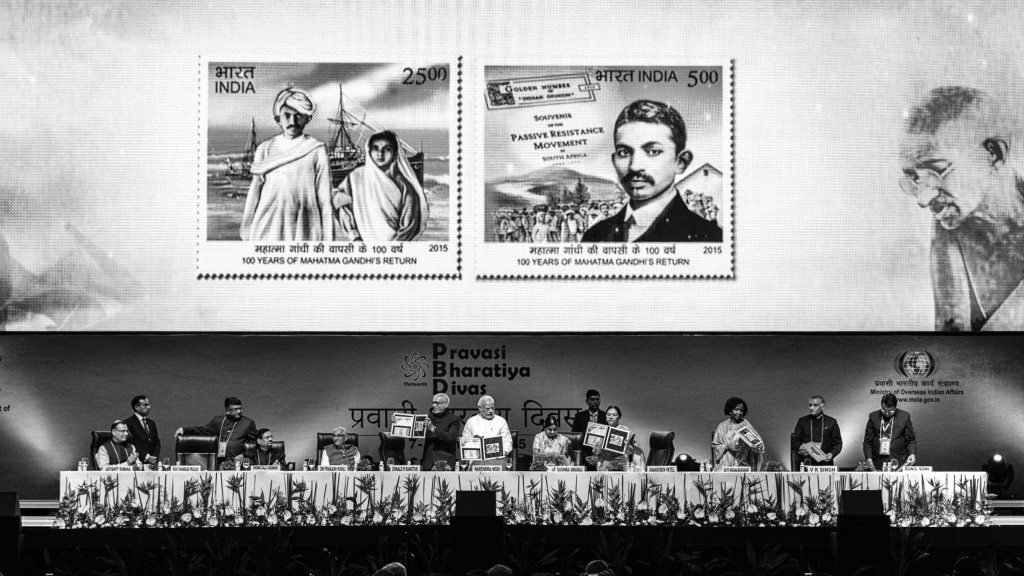
I was staying in Ahmedabad while these celebrations were held in recently built Mahatma Mandir in Gandhinagar. This was my second visit to the city and I did not remember much about the city from my first visit.
My first impressions of Ahmedabad were of chaos. Though the city roads are nice, the city traffic is unduly aggressive. There is little tolerance and consideration shown towards pedestrians. Paradoxically, Gandhinagar traffic is far better regulated.
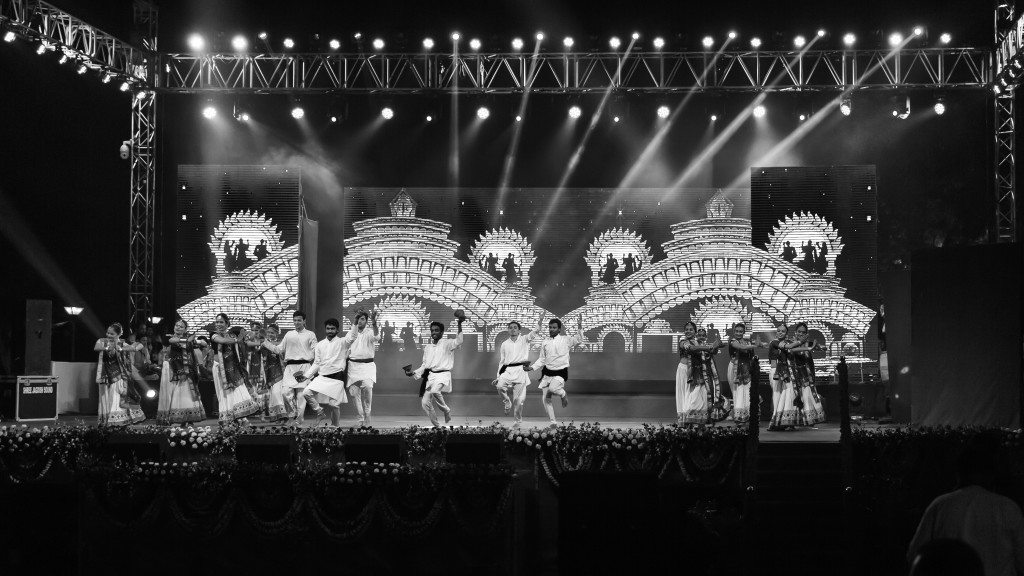
Given the limited spare time I had to take in the city, I planned a visit to select sites in and around Ahmedabad-Gandhinagar. The Mahatma Mandir complex that has been developed to play host to mega conventions, conferences and exhibitions impressed me. It sheer scale was breathtaking.
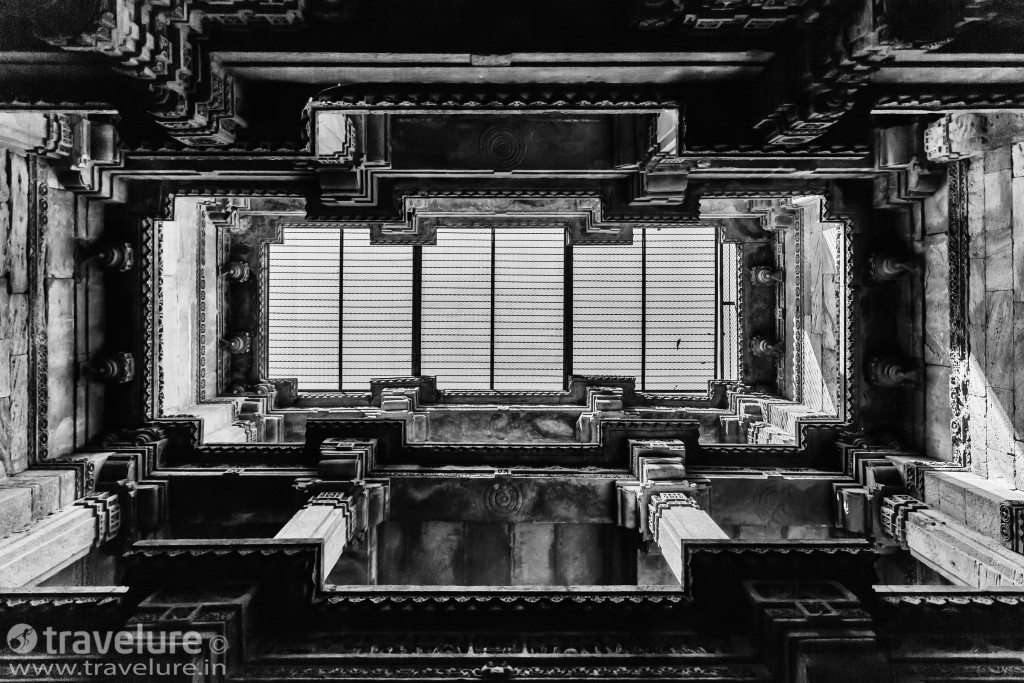
The prominent water bodies in the city have been beautified better than in most other big cities. Here I refer to the well-kept riverfront of Sabarmati, developed á la Seine, and the banks of an imposing Kankaria Lake. These looked even better in the night with stunning illumination that may not be routine and may have been put up for couple of mega events the city was hosting – the PBD and ‘Vibrant Gujarat’.
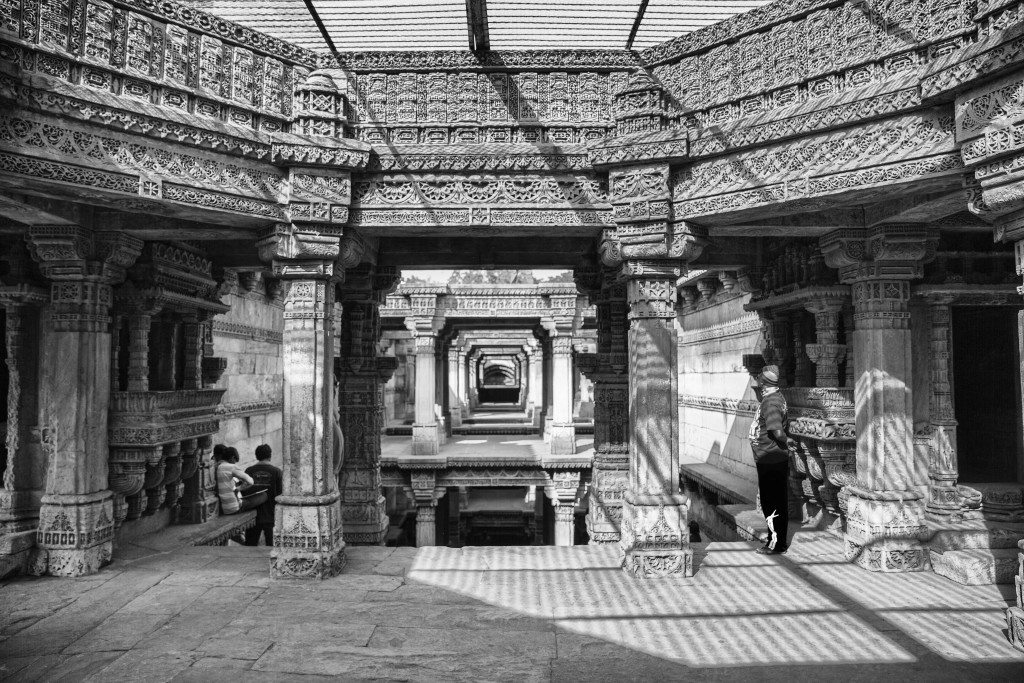
Multi-cultural influence on the city is evident in Solanki and Vaghela period landmarks, Dutch tombs near Kankaria Lake, or the Mughal influence in the walled city. At the same time, the influence of freedom movement stalwarts like Mahatma Gandhi and Sardar Vallab Bhai Patel is equally evident.
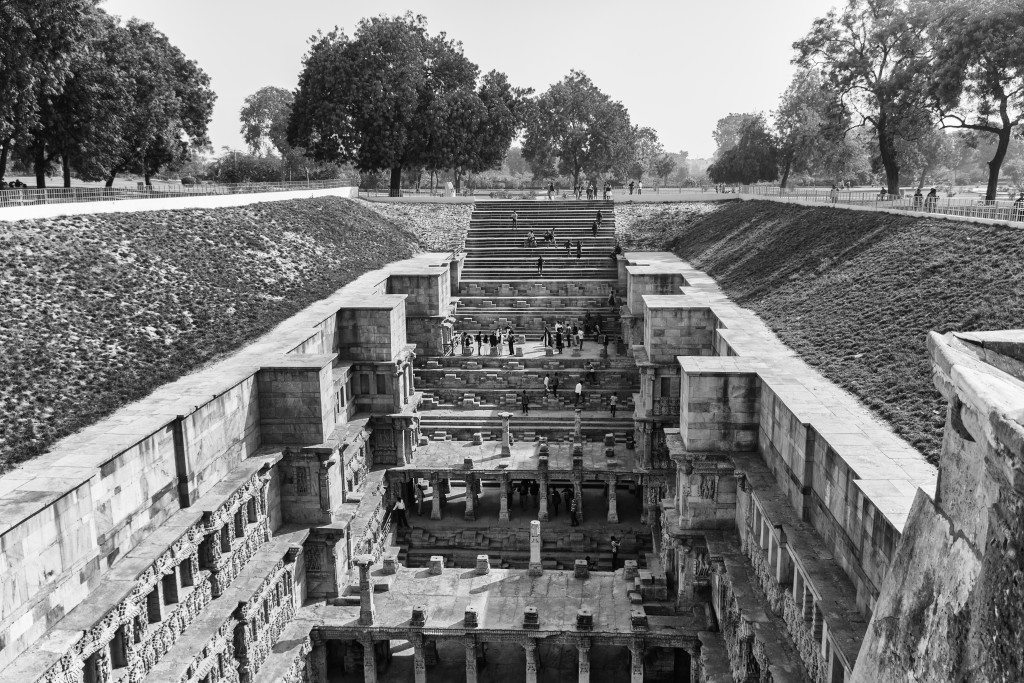
Adalaj, a step-well from Vaghela era, is elaborately decorated with exquisite carvings displaying motifs like fighting elephants, some Hindu gods, lion and trident, etc. Over the centuries, it has also developed a reputation as a ‘wishing well’.
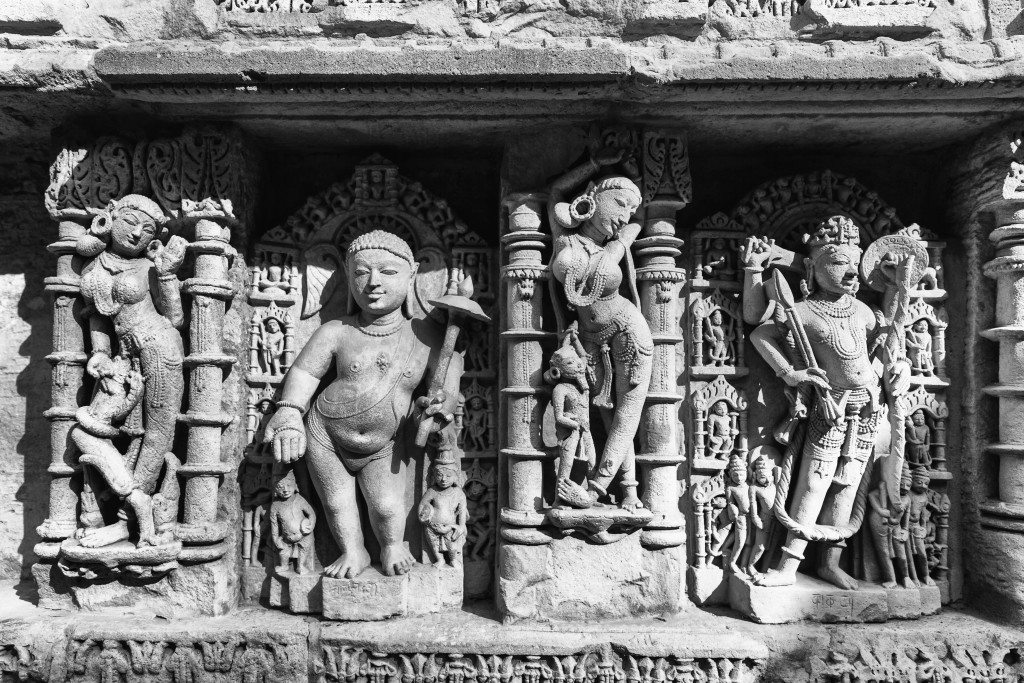
Not far from the twins cities, in the towns of Modhera and Patan, you will find two other stunning architectural marvels from the past – the Sun Temple (Modhera) and Rani ki Vav (Patan).
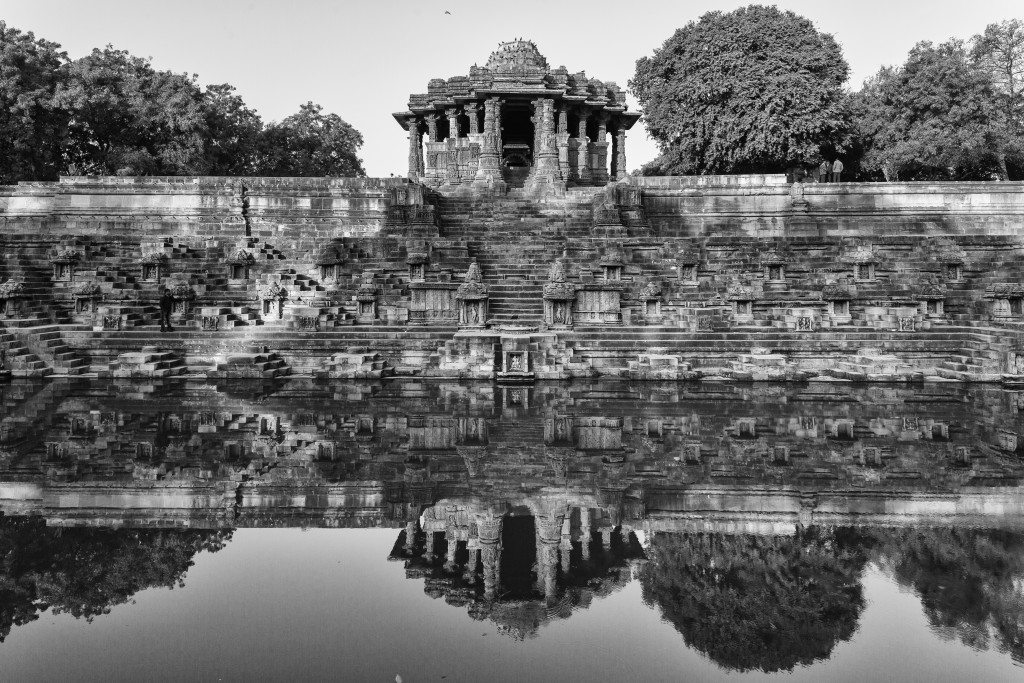
While Sun Temple was built by the Solanki rulers in 11th century, complete with a pure gold idol of their family deity, Sun, the idol and all the gold here was plundered by Mohammad Gazni and the temple was destroyed to a degree by Allauddin Khilji. Despite these ravages, the remaining structure still reflects the glory and grandeur of a temple that was. The stone carvings are intricate and delicate; the 52 pillars supposedly represent the 52 weeks of the year; and the step-well called Suryakund is a gorgeous example of geometry and art.
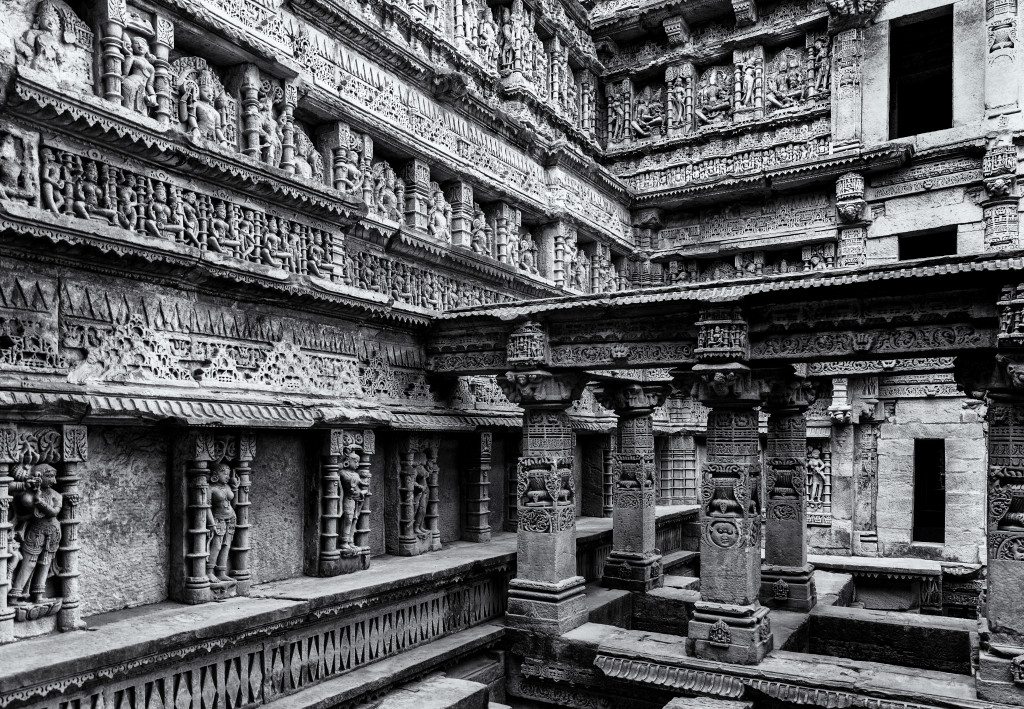
Rani ki Vav is considered the most magnificent among step-wells in India. This 64-metres long step-well may not be the largest but the sculptures here surely are the most impressive. The theme of these carvings is the Dashavtar of Lord Vishnu and includes even his incarnation as Buddha. Additional sculptures include Nagkanyas , Apsaras and monks. The most impressive sculpture here is of Vishnu resting on Shesh Shaiyya. At the base of this step-well, there is also a 30-kilometre long tunnel (now blocked by stone and mud) that led to Sidhpur and was a planned escape route in defeat.
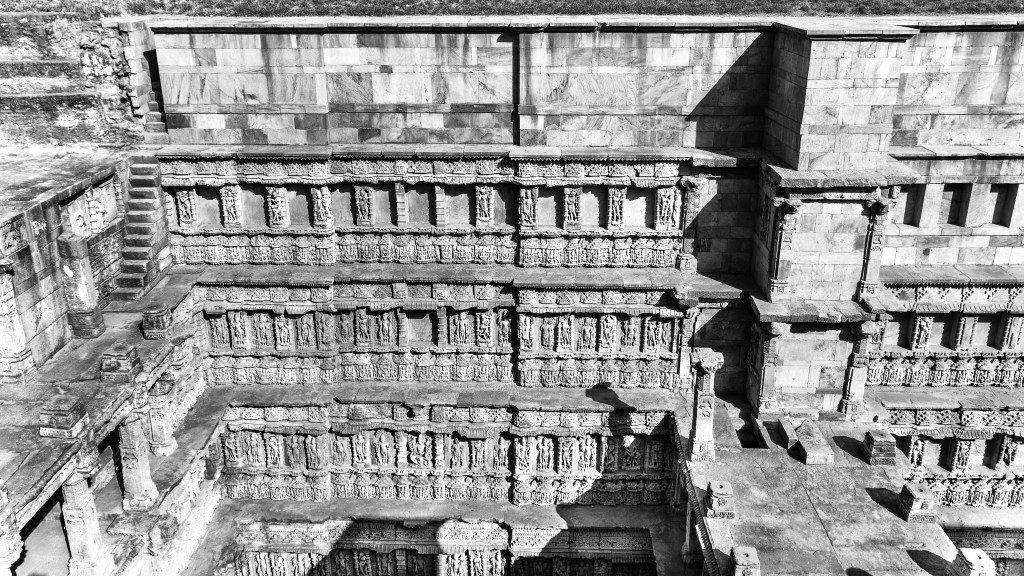
If and when you plan a visit to these twins cities, do remember this important survival tip as Gujarat is a ‘dry’ state – if you enjoy your sundowner, please visit one of the many permit liquor shops in the city that cater mostly to the travellers and charge a meagre amount of Rs.70 for making a drinking permit that is valid for a week. These shops are also permitted to sell liquor to the permit-holding visitors; and while there, do try the vegetarian local delicacies like ‘Haandwa’, ‘Khakhra’, ‘Ganthia’, ‘Dhokla’, etc.
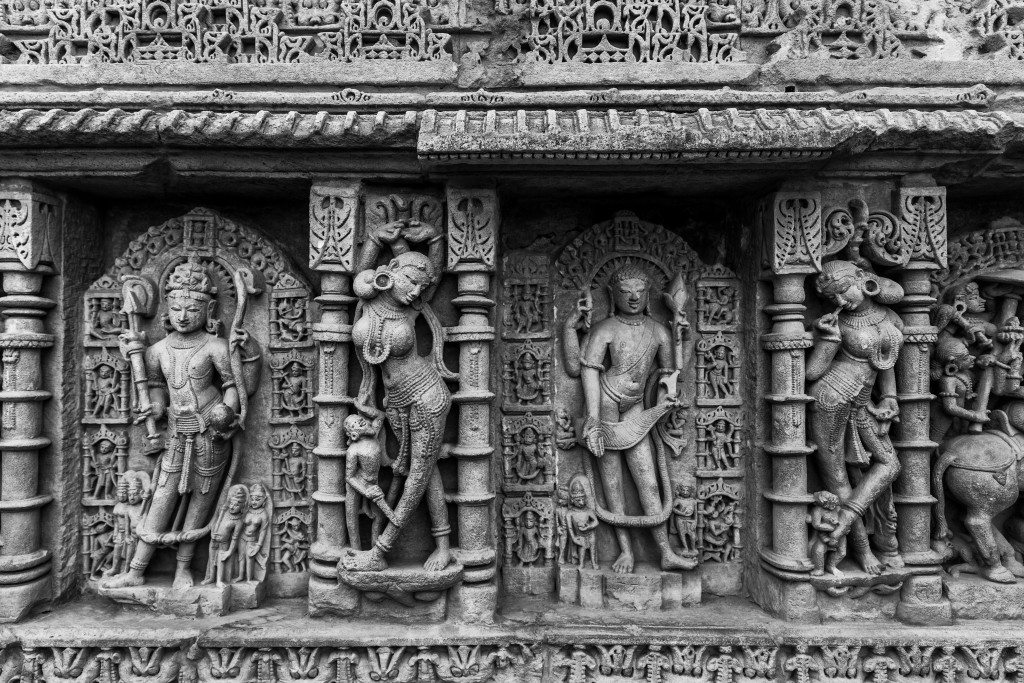
As I was doing travel photography of twins from two eras, it struck me that the intricate carvings and the brilliance of water-bodies’ illumination would be best brought out if I process the images in B&W. That’s what I did.






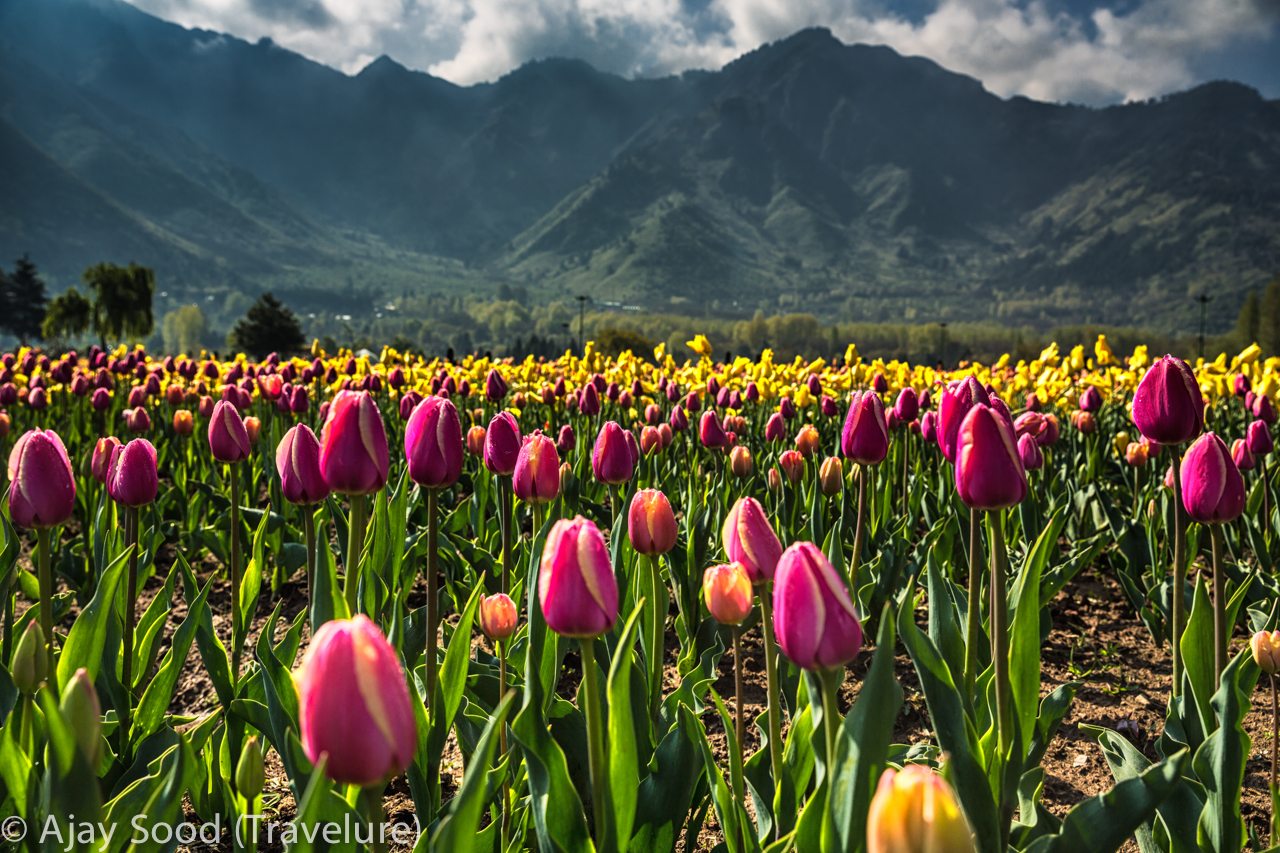










Ajay Sood’s http://t.co/nBkz7sK3zl http://t.co/FNl8w9FR88